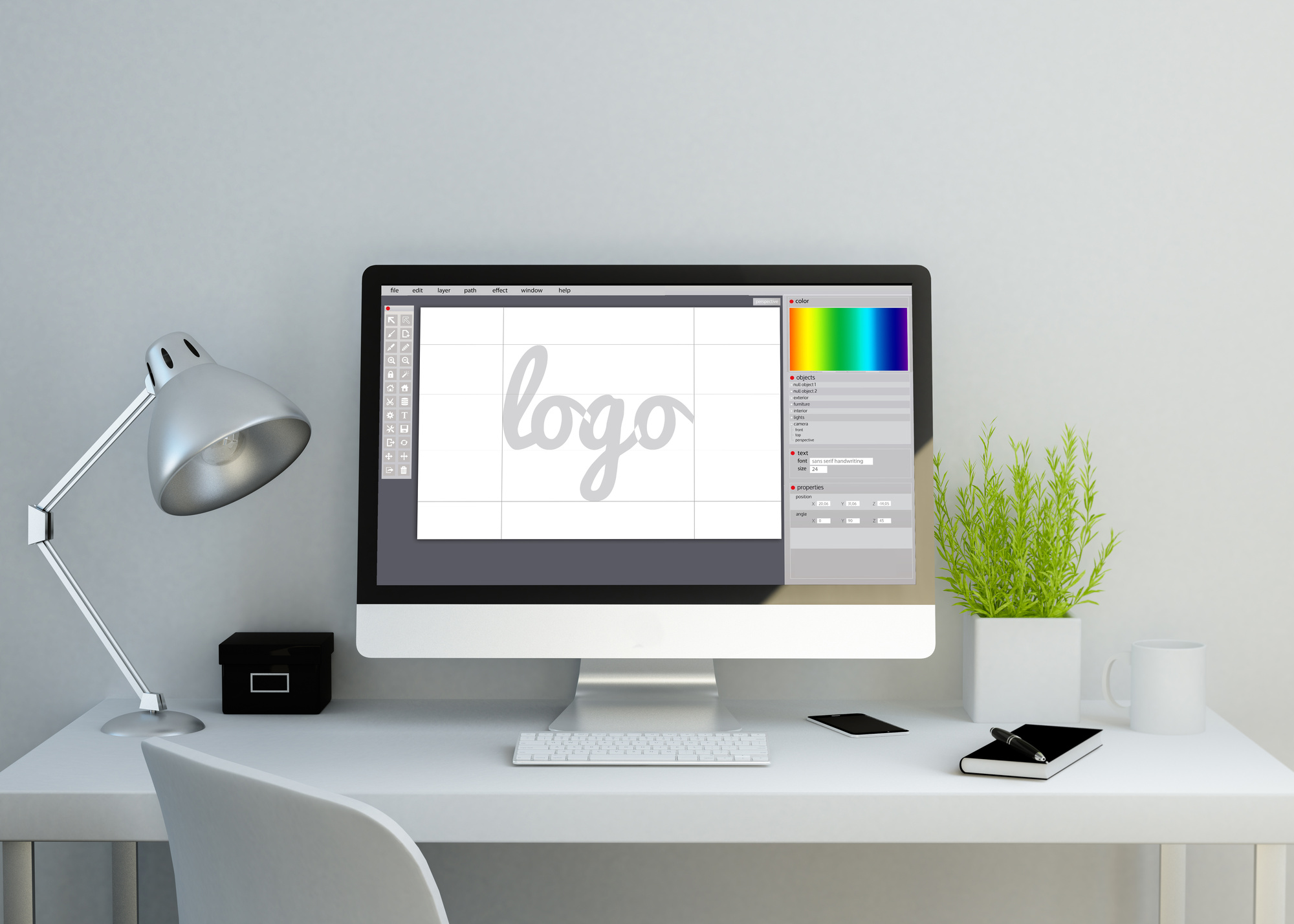
Any type of creative business needs to have cutting edge branding material. Even if they provide non-graphic services, such as content, the way they look online has a huge impact on their reputation.
All brand personas start with a logo. This symbol is a unique identifier that forms a mental connection between a business and consumers. A well-crafted logo requires precision, and having a fast, responsive computer—free from unnecessary files and slowdowns—can make the design process much easier. Using CleanMyMac to declutter your system can help you focus on creativity without technical interruptions.
If you own a creative organization, it’s critical to design an ideal logo before you fully brand yourself. Your logo will be a constant on all your marketing materials.
Keep reading to learn seven tips for creating a logo that sets you apart.
1. Understand Your Brand
It’s easy to jump the gun on your logo design because you want to get the process over with. However, it’s important you first understand your brand. This means pinpointing your target audience.
Think about what type of people require your service. If it helps, make a list of reasons why a person would hire you. Doing so will help expose your target client.
Then, think about your industry. Does your product create an emotional response or is it strictly technical? This factor has a huge impact on the vibe your logo should convey.
Finally, consider what your business is all about. If you’re forward-thinking, your logo should be ultra-modern. If you’re traditional, you may be able to get away with a classic approach to branding.
2. It’s All About Style
Once you’ve nailed down what kind of branding approach you’re going to take, you can start thinking about logo style. This refers to the aesthetic your logo design will have.
If you’re not in the graphic design industry, it’ll surprise you how many logo styles are out there. Professional designers can take things in any direction.
You may opt for a pictorial mark, which is a symbol used to represent your business. On the other side of the spectrum, a wood mark incorporates the name of your business.
If you want to convey a fun, playful tone, consider using a mascot as your logo. You could also go abstract and use geometric shapes that send an effective message.
This can be a tough decision, so don’t hesitate to hire a creative agency to help you out.
3. Embrace Simplicity
Many businesses make the mistake of trying to “wow” their audience with a logo. The result is often overwhelming to the eye, which is a no-no when it comes to logo design.
The opposite approach (simplicity) is better. A clean, subtle logo can be much more effective than a bunch of bells and whistles.
Don’t be afraid to use white space when coming up with logo prototypes. A well-positioned symbol with a sharp design can be very attractive.
The primary thing to keep in mind is that your logo should be straightforward. All it needs to do is get the message across and stick in people’s minds.
Consider the logos for companies like Apple, Target, and Twitter. They use one or two colors and a lot of white space. It’s all about the execution.
4. The Science of Color
Even if you’re going for the most minimal logo possible, the colors you use are critical. Colors can evoke emotional responses, which means you need to spend a lot of time thinking about which ones to use.
You’ll need to consider what kind of business you are when deciding on a color. This is your chance to convey compassion, creativity, assertiveness, empathy, or any other feeling.
Blue is always good for creative businesses. It evokes collaboration, innovation, and intelligence.
Red is a strong, energetic color. However, it’s loud and can evoke aggression, so be careful with how you use it.
Muted or earthy tones evoke classiness and trustworthiness. Black is always good for conveying power and credibility.
5. Fun With Fonts
This is another element that’s easy to gloss over. However, the typography of your logo speaks volumes.
Fonts have the power to exude personality. This is your chance to get creative and set yourself apart from the competition.
The great thing is, there are thousands of fonts to choose from. Look for a program that provides you with a good selection.
Like the other elements of a logo we’ve discussed, you’ll need to think about your business persona when choosing a font. You’ll also need to make sure there’s no mistaking what your font says. Remember, your business name is foreign to many people.
6. Make a Lasting Impression
Your ultimate goal is to create a logo that’s unique and eye-catching. Unfortunately, this is hard to do in today’s competitive marketplace where seemingly countless businesses are vying for attention.
Take a look at the logos of your closest competitors. Write down what stands out about them and what you feel they lack.
Then, brainstorm a logo concept using your business principles and with your target audience in mind. You’ll need to come up with several mock-ups and revise them.
Don’t hesitate to get other employees’ opinions. There’s always a chance someone will provide a perspective you’ve never considered.
Once you have a final prototype, show it to people and ask for their impression of it. If it’s not getting the reaction you want, keep working on it.
7. Scalability
Your final logo will go on all your marketing materials. It needs to be easily scalable.
This means that when it gets sized up or down, it will still look good. You wouldn’t want to add it to a print advertisement and realize after the fact that you can’t read the tagline.
You’ll need to work with a graphic designer to ensure good logo scalability. They have the software and knowledge needed to do this.
It’s also important to keep in mind that your logo will need to go on your website. Make sure you design something that looks good in a digital format and doesn’t have too much information included.
Start Designing Your Ideal Logo Today
Even if you plan to work with a professional graphic designer, you can start thinking about your ideal logo concept now. Going in with a good sense of what you want will prove helpful.
Use the tips discussed above and create a logo that makes your business stand out.
We hope this article has been informative. Browse our site for additional design-related content and more.




